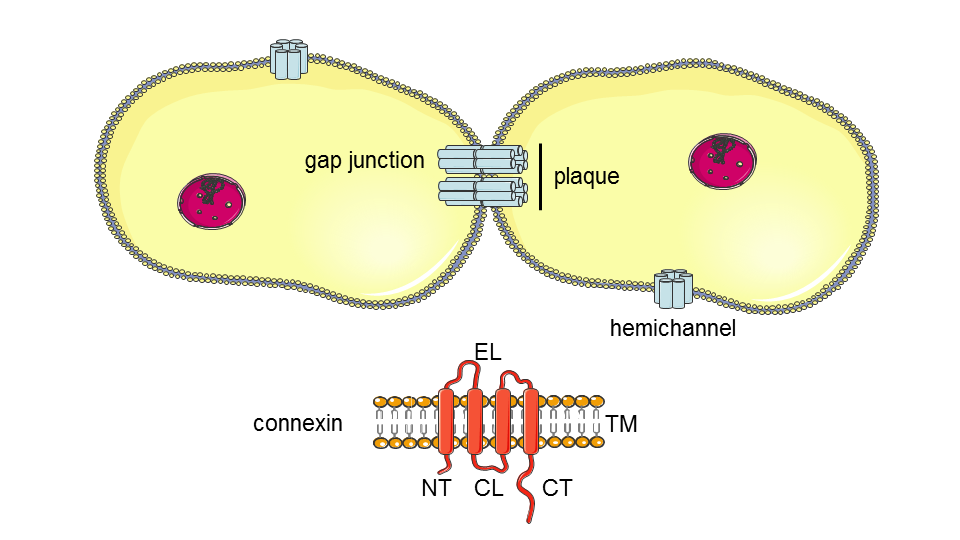-
Home
-
About JCTR
-
Gold Open Access
-
Issues
-
Editorial board
-
Author guidelines
-
Publication fees
-
Online first
-
Special issues
-
News
-
Publication ethics
-
Partners
-
Submit your manuscript
-
Submit your review report
-
Editorial Office
-

This work is licensed under a Creative Commons Attribution-NonCommercial 4.0 International License. ISSN print: 2382-6533 ISSN online: 2424-810X
Volume 3 Issue 1
Connexin-based signaling and drug-induced hepatotoxicity
Michaël Maes, Mathieu Vinken
Maes and Vinken, J Clin Transl Res 2017; 3(S1): 189-198
Published online: February 12, 2017
Abstract
Being critical mediators of liver homeostasis, connexins and their channels are frequently involved in liver toxicity. In the current paper, specific attention is paid to actions of hepatotoxic drugs on these communicative structures. In a first part, an overview is provided on the structural, regulatory and functional properties of connexin-based channels in the liver. In the second part, documented effects of acetaminophen, hypolipidemic drugs, phenobarbital and methapyriline on connexin signaling are discussed. Furthermore, the relevance of this subject for the fields of clinical and in vitro toxicology is demonstrated.
Relevance for patients: The role of connexin signaling in drug-induced hepatotoxicity may be of high clinical relevance, as it offers perspectives for the therapeutic treatment of such insults by interfering with connexin channel opening.

DOI: http://dx.doi.org/10.18053/jctres.03.2017S1.004
Author affliation
Department of In Vitro Toxicology and Dermato-Cosmetology, Faculty of Medicine and Pharmacy, Vrije Universiteit Brussel, Brussels, Belgium
*Corresponding author:
Mathieu Vinken
Department of In Vitro Toxicology and Dermato-Cosmetology, Laarbeeklaan 103, B-1090 Brussels, Belgium
Tel: +32 2 4774587; Fax: +32 2 4774582
E-mail: mvinken@vub.ac.be
Handling editors:
Hartmut Jaeschke, Anup Ramachandran
Department of Pharmacology, Toxicology & Therapeutics, Kansas University Medical Center, University of Kansas, Kansas City, KA, United States

